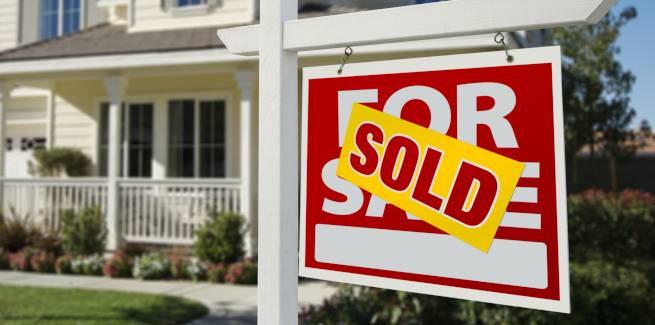New research published by ME Bank has suggested that fewer Australians are facing challenges with their mortgage repayments, with the average prevalence of mortgage stress declining over 12 months.
The data was included in ME’s latest Household Financial Comfort Report and is derived from a survey of 1,500 Australian households.
As of December 2021, 35 per cent of respondents surveyed with a mortgage were using at least 30 per cent of their income for their home loan repayments – meeting the requirements ME Bank has set for “mortgage stress”.
Compared to December 2020, the proportion dropped by 2 per cent. It had also fallen significantly from the 42 per cent of respondents in mortgage stress reported in June 2021 – the same month that saw the emergence of the delta strain in Australia.
The drop in mortgage stress signifies a potential return to normalcy for property owners during the continued pandemic. However, by comparison, renters in Australia are facing the opposite experience, with significant rental stress increasing.
According to the non-major bank’s findings, as of December 2021, 67 per cent of the renters surveyed were in rental stress, while 19 per cent were considered to be in “extreme rental stress”, paying at least 60 per cent of their income on rent.
Compared to December 2020, 59 per cent of respondents were in rental stress while 12 per were considered to be in extreme rental stress.
The distinction between those paying a mortgage and those paying a rent was also mirrored in the respondents’ savings.
According to the results, from June 2020 to December 2021, the proportion of respondents with over $100,000 in savings increased from 15 per cent to 23 per cent. It had hit 22 per cent in the first six months.
ME Bank’s biannual “household financial comfort index” – which reviews and scores Australia’s financial comfort out of 10 – increased from less than 5.80 to a record 6.04 from June 2020 to December 2021.
As at December, those who owned their home outright or were paying off a mortgage scored 6.91 and 5.96 on the index respectively, while those renting were marked at 4.78.
Comparatively, cohorts ranging with savings from $100 to $100,000 remained relatively consistent. But respondents with less than $100 increased over the same period, growing from 8 per cent to 12 per cent.
Further, 22 per cent of the households surveyed reported less than $1,000 in savings, and that 24 per cent would only be able to maintain their current lifestyle for one month if they lost their income.
ME consulting economist Jeff Oughton, said that the results suggest that “most households have maintained record financial comfort” in the wake of COVID-19 government assistance.
However, Mr Oughton added that while the financial comfort of the average Australian may appear to look better than ever, it’s fragile, and “has begun to fall for many households – especially those with low comfort”.
“The rising cost of necessities (such as rent, food, fuel etc) combined with fixed or stalling income gains and the long-term impacts of COVID-19 is causing financial worry among many households,” he said.
[Related: Nearly half of CRA recipients in housing stress]
 ;
;